Pain Be Gone: How To Treat Golfer’s Elbow
Golfer’s elbow, formally known as medial epicondylitis is, simply put, pain on the inside of your elbow. But I’m going to guess you already knew that.
Not only that you know it, but that you’re feeling it. Hence, your arrival at this guide.
Before we dive into how to treat Golfer’s Elbow, I want to appropriately set you up for a better way of thinking about your incredible body.
Your elbows are extraordinary in design. The arm articulation stations are designed to work hard and last a hundred years.
Second, golfer’s elbow is not a permanent accident from swinging a golf club too hard. It’s reversible. It may be complicated, but there are steps to solve this issue.
And not only are they manageable, they also don’t involve taking anti-inflammatory drugs. All it involves is physical therapy magic.
In this article, we’ll talk about how to treat golfer’s elbow and keep it at bay for good.
How (and Where) Does Golfer’s Elbow Happen?
Look, pain is a complex and subjective system. You could change nothing about your routine or activities and pain could still appear.
With that said, there are reasons for pain. with golfer’s elbow in particular, locations are key.
We believe that where the rats get in is often not where they chew. So the pain in the elbow can be a result of dysfunction elsewhere. Elbow dysfunction may seem like the most likely candidate for elbow pain. But it’s also important to inquire into the tissues above and below up to and including in your neck.
For one thing, we often see that the neck can cause or contribute to your elbow pain. A number of nerves run through the neck and shoulder, down through your elbow and into your hands. Stiff neck tissues can create strange problems all throughout the system.
This also happens in reverse, where a wrist or hand problem could create dysfunction up in the elbow.
Elbow pain also didn’t spontaneously occur. Movements that you’ve performed safely and without pain many times, can sometimes become sensitized and painful.
But here’s some good news: human beings are incredible healing machines. Your ability to heal and improve the function of your body doesn’t have an expiration date.
Now you have a deeper understanding of your current situation. Let’s discuss how to improve the condition.
How To Treat Golf Elbow
This article follows the same principles as our full Golfer’s Elbow Pain Protocol. Its primary purpose is to give you an idea of how to address pain, and provide a tool representative of each principle you can use to begin your journey of relief.
We follow a three-step cure for golfer’s elbow: desensitize, restore, and prevent:
- Desensitize: How do you ease your current discomfort so you can get back to your life and stop feeling pain from things like holding a gallon of milk?
- Restore: How do you return your elbow to functional ranges of motion instead of the dysfunctional positions that may have led to pain?
- Prevent: How can you stop this pain from coming back in the future
Depending on the severity of your pain, you may need more, and the full Golfer’s Elbow Pain Protocol is designed for relief in 6 days using 17 different techniques. If you’re experiencing any of the following red flags, please go see a medical professional of your choice:
- Night sweats
- Dizziness
- Fever
- Vomiting
- Nausea
- Unexplainable weight gain
- Problems when you cough sneeze or swallow
I also want to encourage you that you always have options to go see a professional if you need help.
Desensitize: How To Relieve Golfer’s Elbow Pain
First and foremost we want to desensitize our pain. Pain limits our ability to go live our lives freely and with joy. The stress which comes alongside restriction is itself a negative influence on healing outcomes.
Furthermore, pain is first and foremost a signal. Even if the tissues themselves have healed, sometimes we find that pain sticks around simply from lack of other inputs.
Desensitization techniques are specifically designed for turning down this pain signal. You can relieve that stress and give your brain a chance to relax.
The following technique is called blood flow restriction training (BRT). BRT offers distinct advantages for its ability to engorge tissues with blood, preventing stiffness from causing congestion. When tissues are healing, we want bloodflow.
This engorgement can also help to un-stick tissues that have been tacked down. Aim for 2 to 5 minutes of desensitization per day (per side) to relieve pain.

Restore: How To Make Your Golfer’s Elbow Function Again
Restore techniques are about solving the problem that caused the pain in the first place. It’s usually related to some form of movement dysfunction.
This can be a result of a lack of range of motion, poor positioning at the joint, or dysfunctions of the tissues and joints upstream and downstream of the pain area.
With golfer’s elbow, this is likely a result of dysfunction at the elbow. But there’s a higher that it’s not just the affected area. It could stem from neck issues, wrist problems, or even shoulder dysfunction are contributing.
The following drill can help open up all these potential problem areas as well as give you an idea where the pain is coming from.

Spend 5 minutes a day on this per side.
Prevent: Sleep & Move
It’s no secret we at The Ready State are fans of movement. You could easily say we’re equally not fans of stagnation.
Over the past several decades, more and more research has come out linking sedentism to health effects. Some of our favorites are the work of Dr. Joan Vernikos. His research while working at NASA directly linked stagnation to consequences like worse blood pressure, and increased risk of cardiovascular disease.
With pain, we find that simple lack of movement is a big factor. Lack of appreciation for the role of sleep can make healing times take much longer or raise the risk of injury in the first place.
With all pain protocols, we focus heavily on the importance of an environment for healing. The two biggest pieces of that puzzle are moving often, and adequate sleep.
Moving often can mean many different things, from adopting a standing workstation to sitting on the floor, but my favorite is to simply aim for 8000 steps a day of walking.
With sleep, especially while addressing pain, aim for 8 hours of sleep per night which may require being in bed for ten hours. Sleep is your body’s most important recovery process, and few things can boost healing or hinder it like the quality of your sleep.
Golfer Elbow Cure That Lasts
Pain doesn’t happen in a vacuum, but the factors that lead up to it are not always obvious.
Your golfer’s elbow could be the end result of movements you’ve performed thousands of times without an issue.
Thankfully, our bodies are resilient and our elbows are designed to last a hundred years.
You don’t have to rely on pain relievers. Using simple techniques with consistency, we can desensitize your pain, restore optimal positions, and prevent future incidents.
If your pain isn’t reacting to the tools in this article, our full Golfers Elbow Pain Protocol should be plenty to get you back on your feet. Of course, you should always feel comfortable seeking professional help. It’s especially the case if you’re experiencing severe problems like night sweats, fever, and other forms of deeper dysregulation.
Note: Don’t confuse golfer’s elbow with tennis elbow. We have a special protocol for the latter—read it here.
If this stretch and strengthen guide helped you, leave a comment below and we wish you all the best in continuing to improve your Ready State.

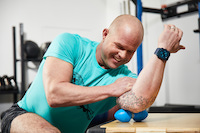
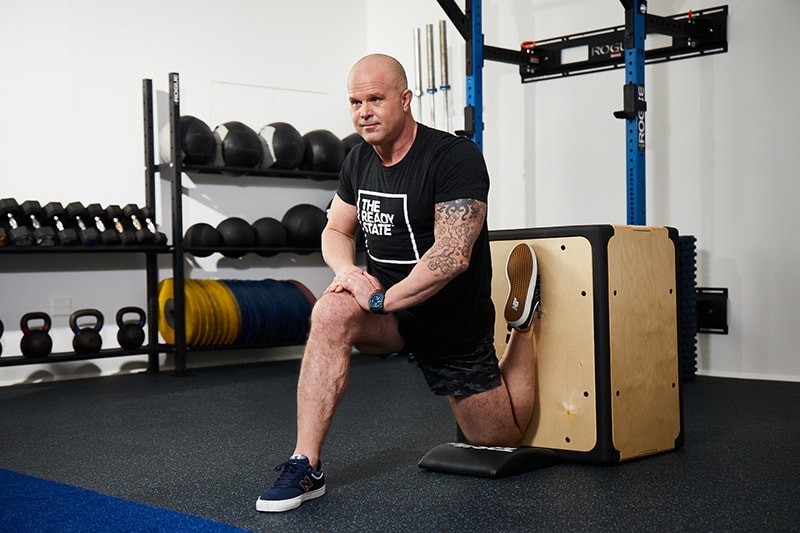
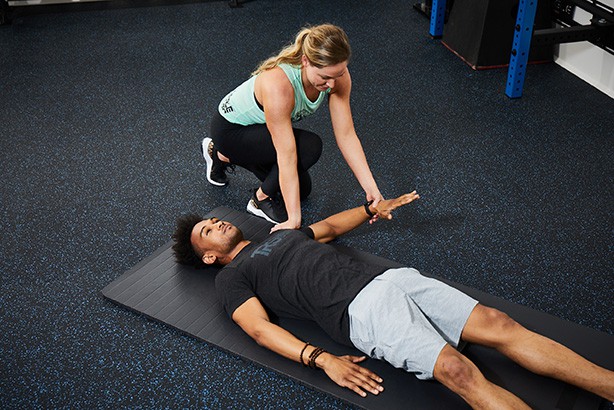
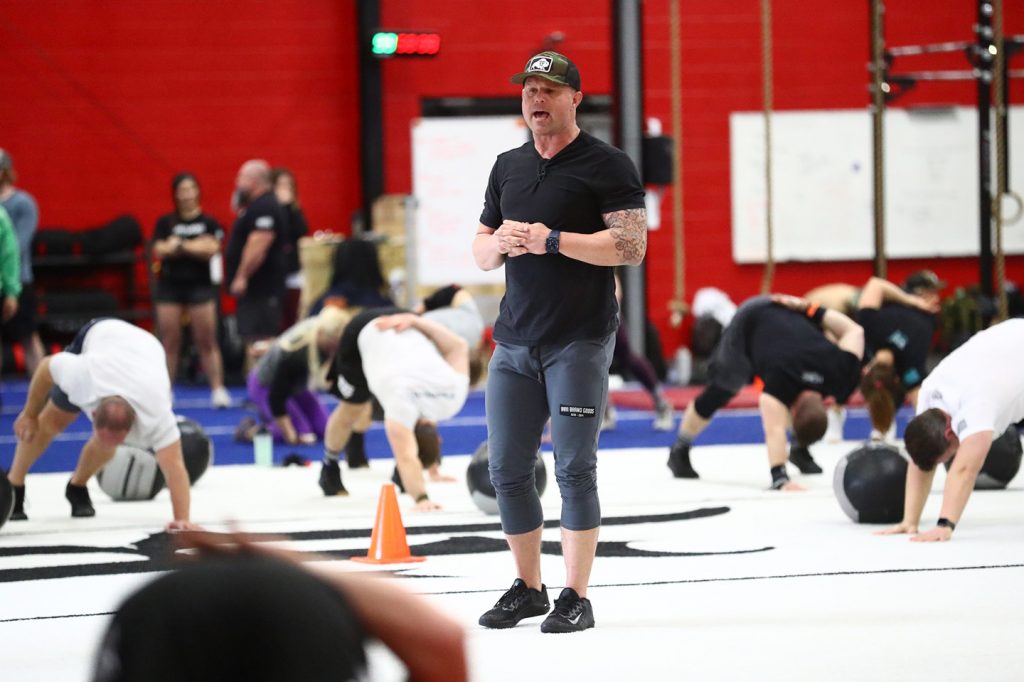
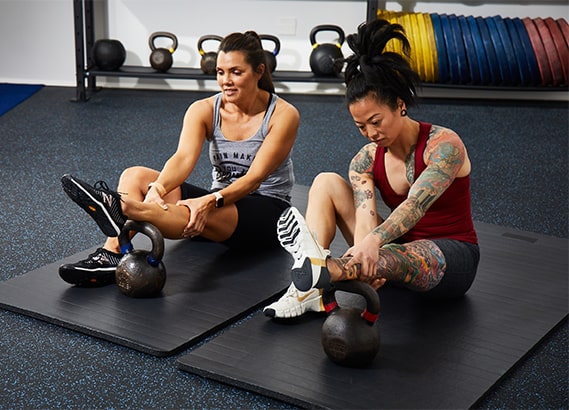
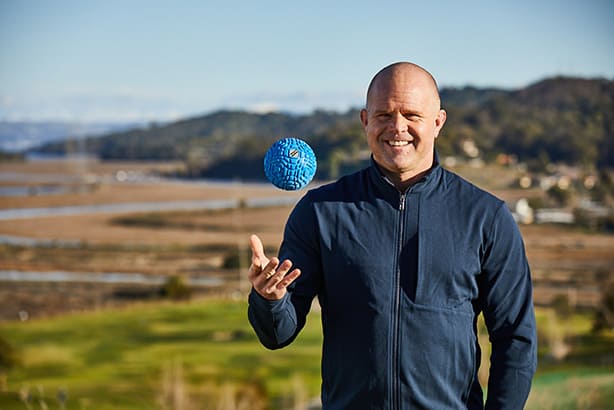
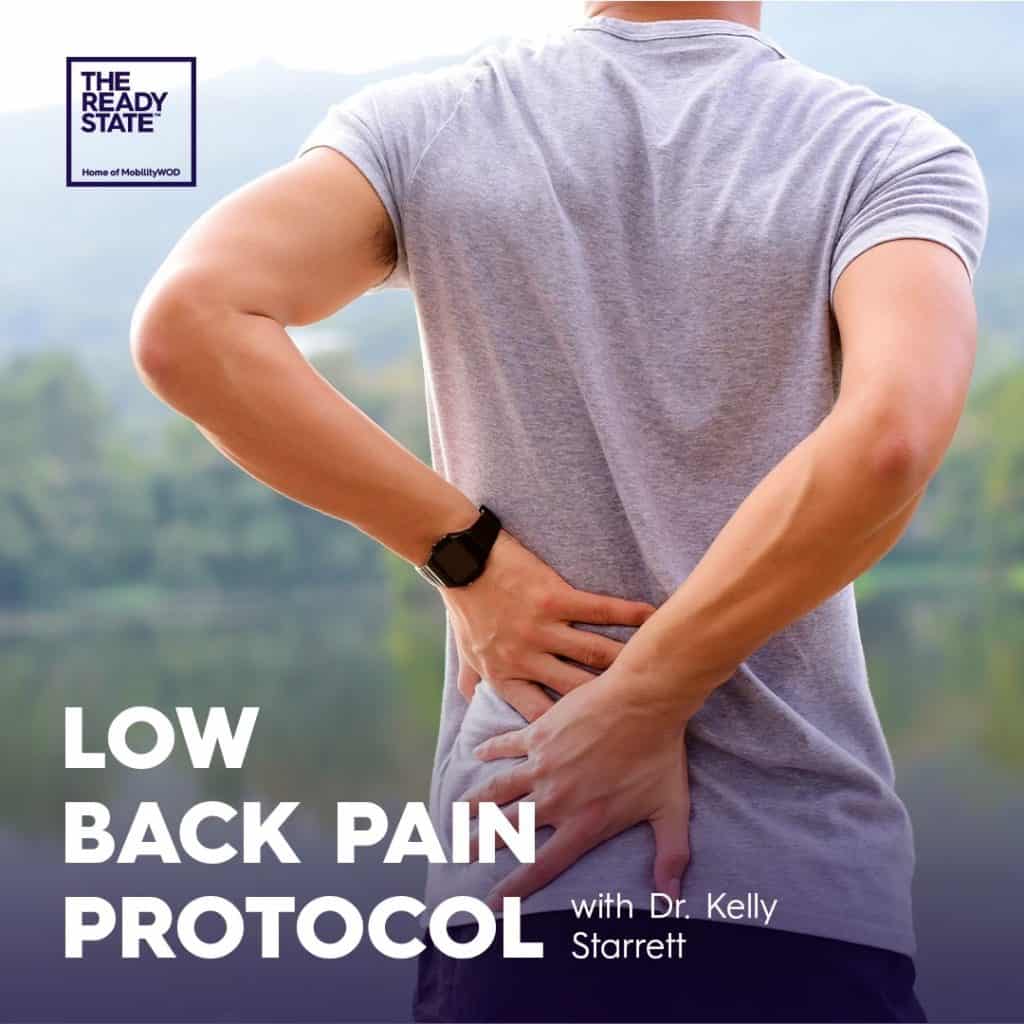
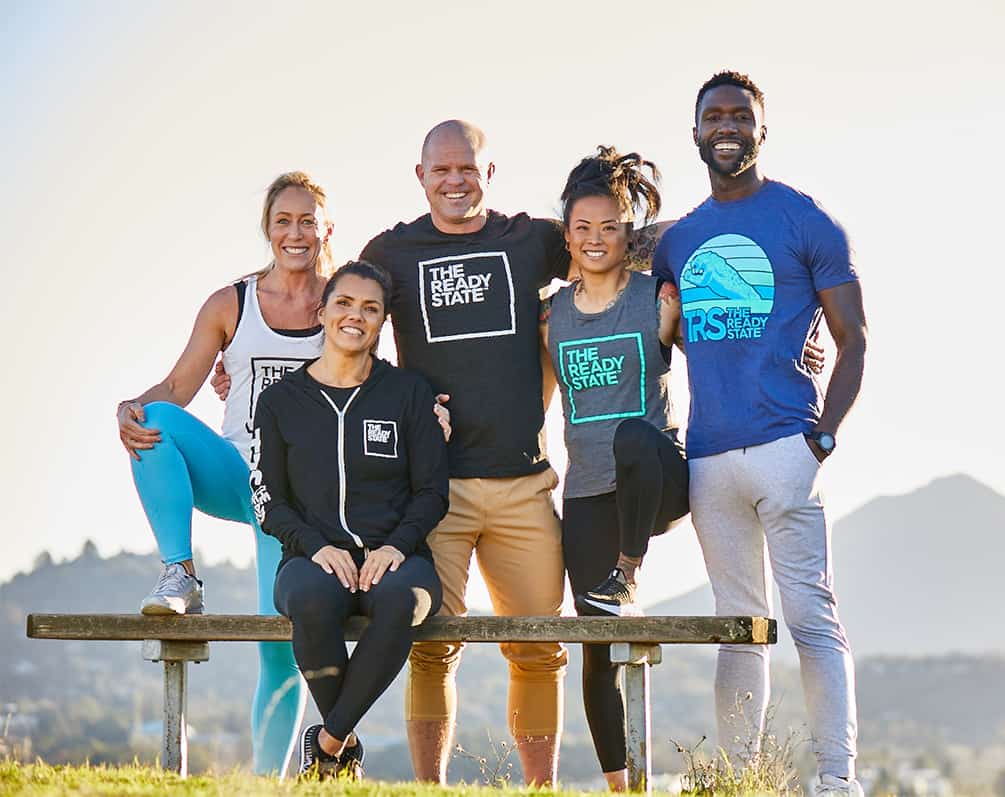
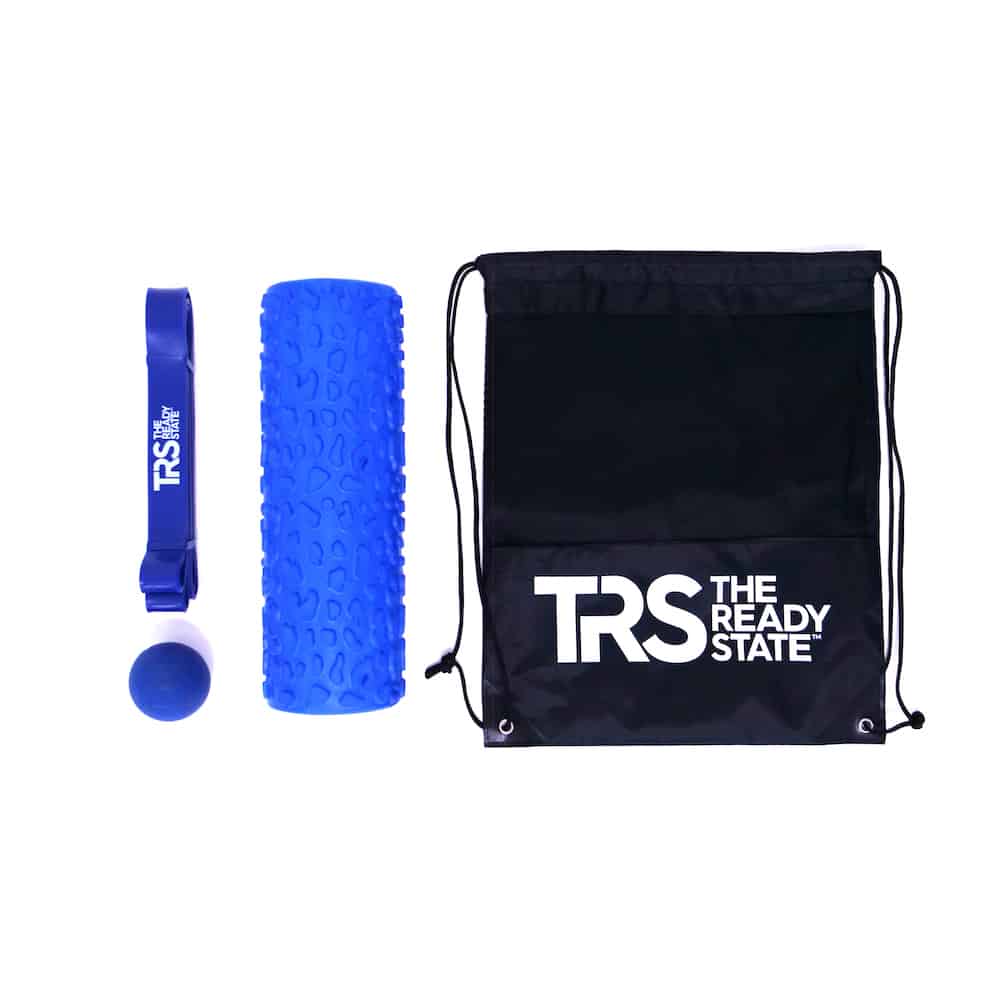
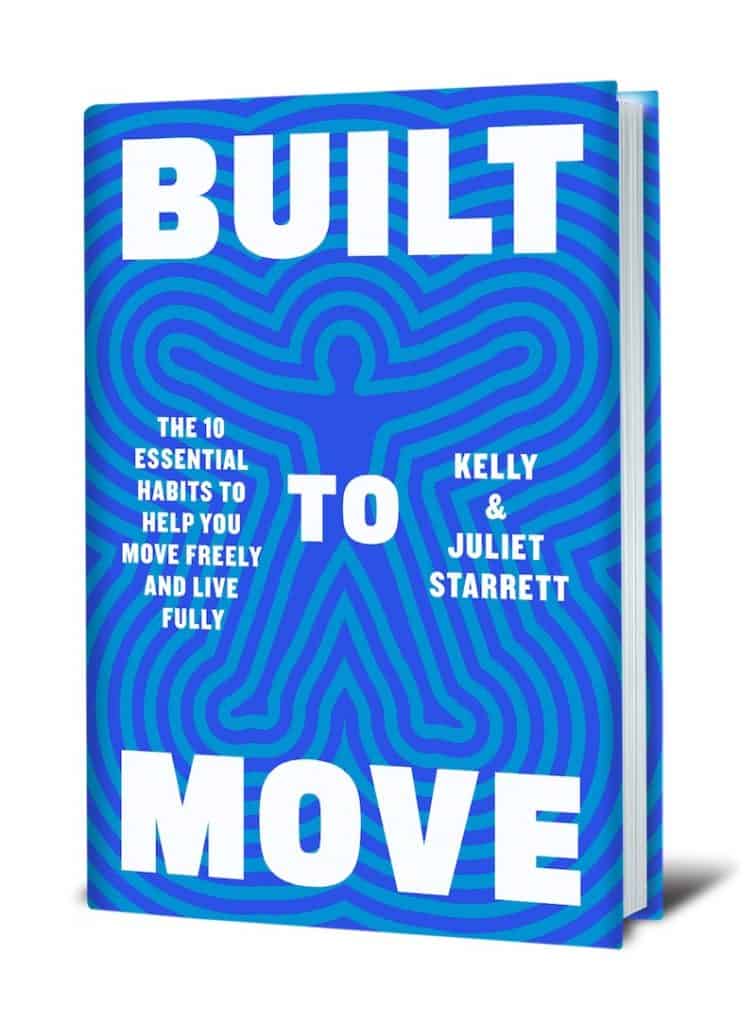
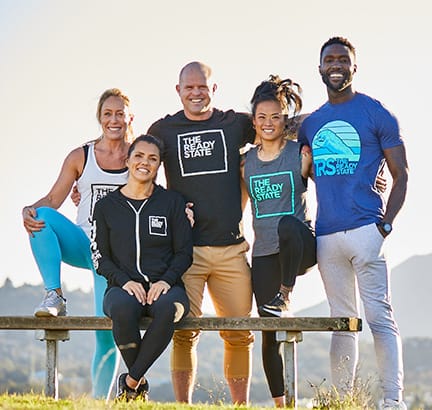
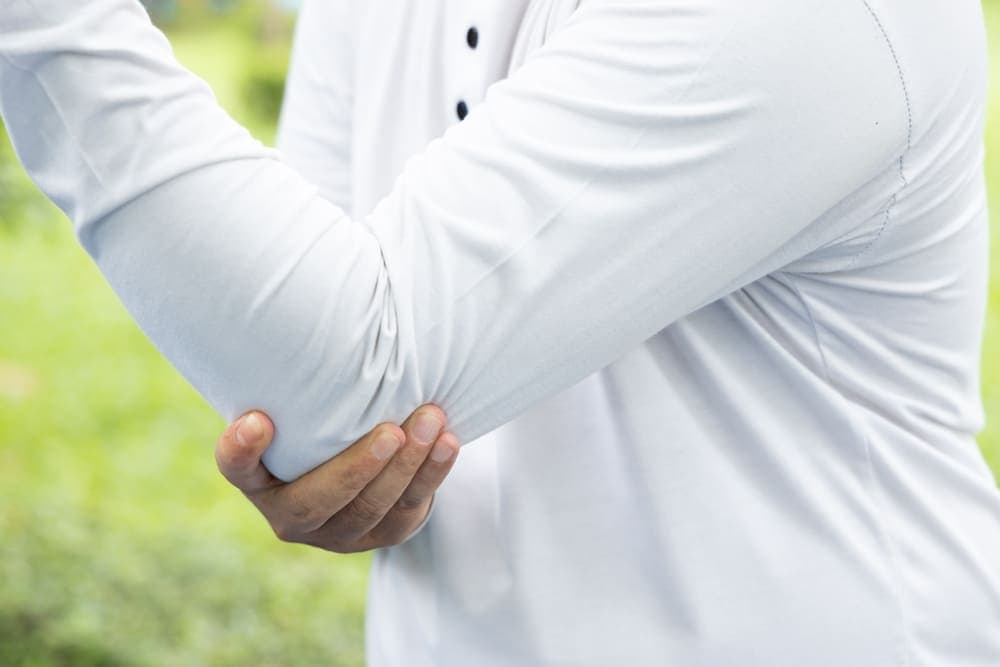







TRS Virtual Mobility Coach
Guided mobilization videos customized for your body and lifestyle.
FREE 7-Day Trial